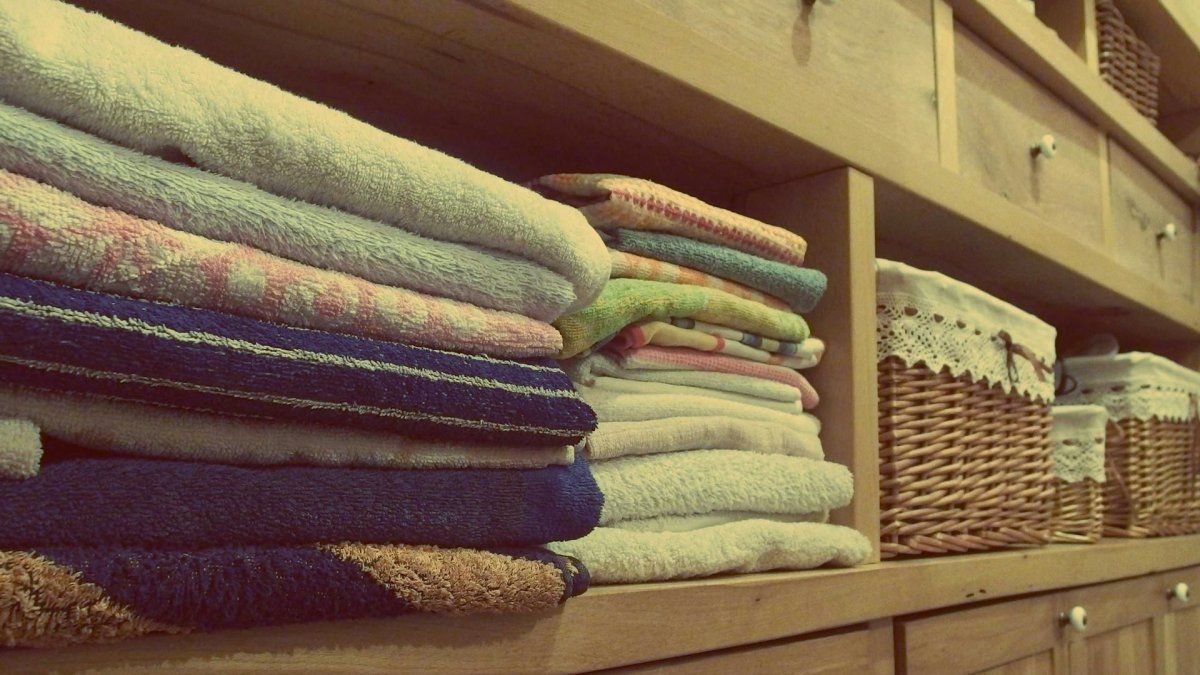Meanwhile, this Thursday the report on the productive panorama carried out by the Center for Production Studies (CEP XXI), which depends on the Economy, was published, with data on november. With an advanced index of activity that they elaborate, taking the energy consumption on the basis of Cammesa, they observed that in November industrial activity grew 1.9% year-on-year, and 1.2% month-on-monthTherefore, it reversed months where drops in measurements were observed without seasonality. in the accumulated January-November, the industry is 5.3% above the previous year, and 12% against 2019.
Based on the economic activity report of the third trimester of INDEC, CEP XXI observed that the industry grew 6.4% compared to the same period of the previous year and highlighted that “it was at the highest level since the fourth quarter of 2015, without seasonality”. In addition, he analyzed the performance by industrial branch, in which it is observed that Three sectors are at record levels since 2004: food and beverages, chemicals and non-metallic minerals. The leather and footwear and paper sectors are at their highest levels since the second quarter of 2011.
Regarding employment, while the September data from SIPA shows that salaried work in the private sector has been rising for 21 consecutive months, specifically in industry the expansion is 28 months of uninterrupted increases. In year-on-year terms, the CEP XXI highlighted that 22 of 24 industrial items exhibited increases, including clothing (+11.8%), other transport equipment (+9.3%), repair and installation of machinery (+9%) and manufacturing of motor vehicles (+8.3%).
Despite these numbers, the business sector maintains strong concerns regarding the impact on activity of import problems. This is how the UIA report described it: “The industry is facing a situation of scarcity of some critical inputs in a context of a lack of foreign currency. Despite the latest modifications in the import monitoring systems, industrial companies report serious difficulties in the operation of said mechanisms, which is having an impact on production”.
In addition, they look very closely at the lack of dollars. In fact, the work focuses on foreign trade, and highlights that the surplus is 70% less than last year. It is that in the accumulated of the year until November, The trade surplus is US$5.800 million, when in the same period of the previous year it was US$14.379 million. The CEP XXI also highlighted the data: “It is the lowest number in four years”due to the loss of US$ 8,579 million.
The UIA also once again expressed concern about inflation, assuring that although it slowed down in November (4.9% versus 6.3% in October), “the levels continue to be very high.” As variables that will determine the coming months, he highlighted: “The evolution of the macroeconomic context and the restrictions on the supply of inputs will be central elements to take into consideration”. Another of the alerts highlighted by the industrial center is the drop in sales of SMEs during the third quarter (-1.2%), along with a drop in consumer credit (-7.3%) and in power purchasing power of workers (-1.1%) and retirees (-8.7%). In addition, he added that financing is against, with a stock of real credit to the private sector that contracted 14.5% in November. For SMEs, in November the real credit stock registered the first year-on-year drop since September 2021 (-0.7%).
Source: Ambito
David William is a talented author who has made a name for himself in the world of writing. He is a professional author who writes on a wide range of topics, from general interest to opinion news. David is currently working as a writer at 24 hours worlds where he brings his unique perspective and in-depth research to his articles, making them both informative and engaging.




